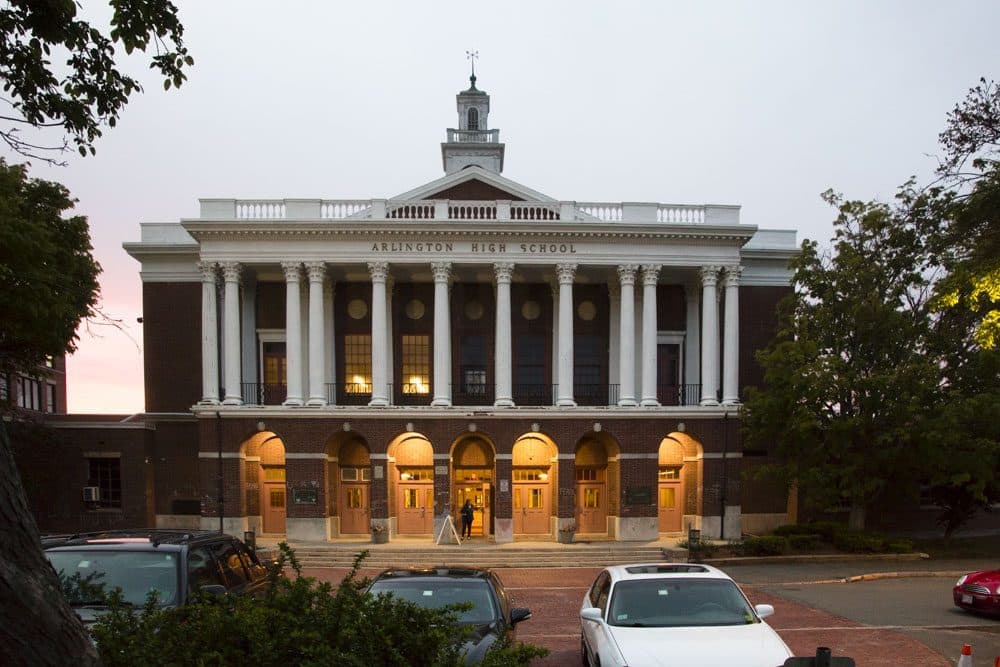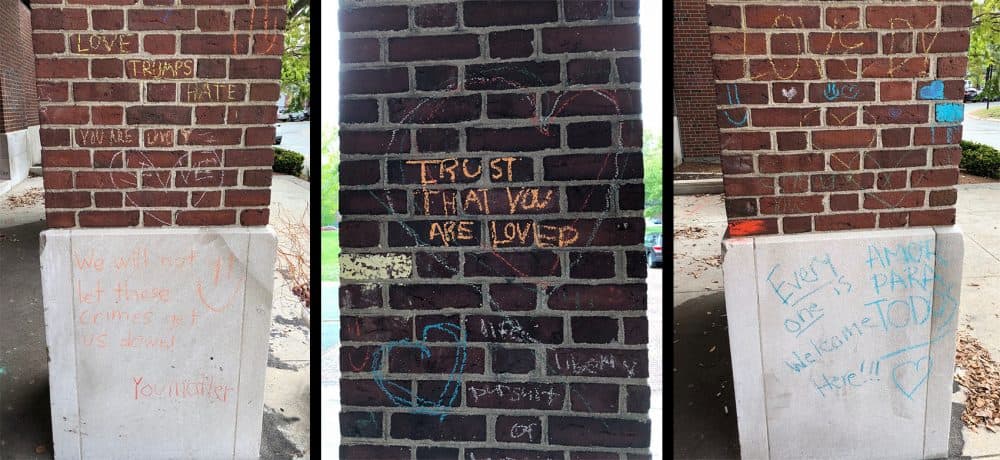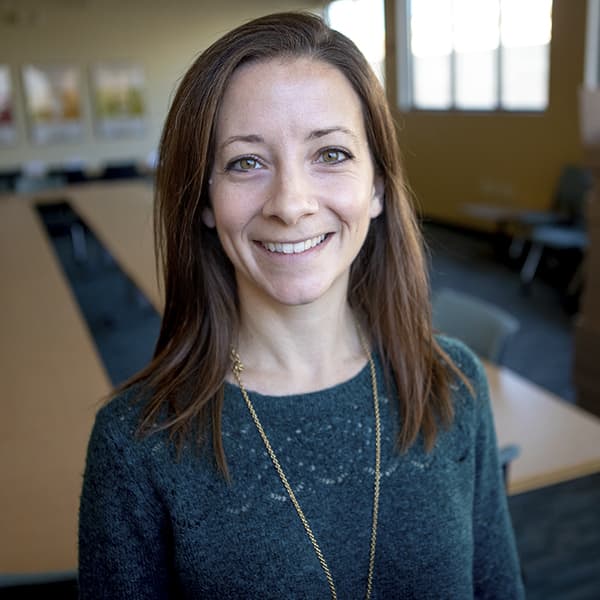Advertisement
As Schools See More Hateful Vandalism, Educators Erase Graffiti But Preserve Lessons

When anti-gay and anti-Semitic graffiti and other vandalism was first discovered at Arlington High School earlier this month, it didn’t take long for news to spread.
Olivia Weiss, a senior, found out through a friend. "It was scary to hear as a young member of the Jewish community that there had been a swastika painted on my school."
Weiss didn't see the images firsthand. But she says she didn’t have to rely on the rumor mill at school for long. She said the principal "sent out a pretty long email to all of the students about what happened."
In the past, schools may have quietly cleaned up the graffiti so as not to draw attention to the incident. But that’s changing.
Statistics show vandalism like the kind that occurred at Arlington High is becoming more common in schools across the state, and as this trend continues, school leaders are now exploring new ways to handle and prevent these crimes.
Robert Trestan, regional director of the Anti-Defamation League, said schools are opting for more transparency and quick communication with the community.
"When they see hate more and more," he said, "people are recognizing it as something that needs to be dealt with promptly and in an upfront manner."
In 2017, the Anti-Defamation League counted about 90 anti-Semitic incidents in Massachusetts schools — up from about 50 in 2016.
State data on hate crimes tell a similar story. In 2016, about 18 percent of all hate crimes occurred in schools -- an increase from about 12 percent the year before.
"Education is the best prevention tool that we have," Trestan said. A growing number of districts, according to Trestan, have been integrating anti-bias curriculum into their classes. Organizations like the Anti-Defamation League and the NAACP are partnering with schools to develop and implement these programs, which Trestan said are in high demand.
Advertisement
"In the course of a two-year period, we’re adding over 50 schools to our program," he said. "That’s a significant increase, but it’s also a reflection of what is happening out there in the community."
The Franklin Public School district is among those adopting such programs. According to the district's superintendent, Sara Ahern, the schools saw three incidents of racist vandalism in 2017 alone.
"We’ve had a couple of swastikas located in our bathrooms," she said, "as well as a few on our playground structures, or on sidewalks displayed in chalk."
The district has so far launched an anti-bias curriculum for middle-schoolers. Instead of relying solely on teachers though, Ahern said the program has students lead conversations and develop inclusive environments. School leaders now hope to expand the program to high-schoolers.
"We see this type of anti-bias work in our diverse culture as being very intricately connected to developing social and emotional skills that will leave students more prepared to go out into the world," she said.

Back at Arlington High School, school officials were not the only ones responding to the vandalism. Students took to school grounds with chalk to post messages of inclusion on sidewalks and walls. Others, like Olivia Weiss, have also started fundraising.
"I want this to be a message to the Arlington community as a whole, anyone who felt affected by what happened, that we’re kind of all in this together," Weiss said. "And we all have the opportunity to do something good."
The money will be donated to the Friends of Arlington High School Fund where Weiss said she hopes it will be used for efforts that promote healing instead of division.
This segment aired on May 17, 2018.
